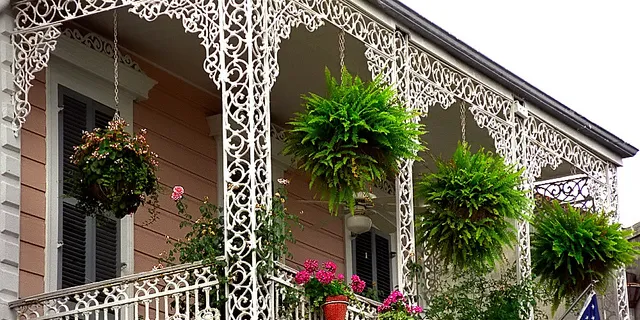Seafood Summit blog: Hatcheries still a problem for wild salmon's eco-credentials
After a two and a half year hiatus, the premier conference for the sustainable seafood movement is back. What's changed? Follow our live coverage here.

After a two and a half year hiatus, the premier conference for the sustainable seafood movement is back. What's changed? Follow our live coverage here.
